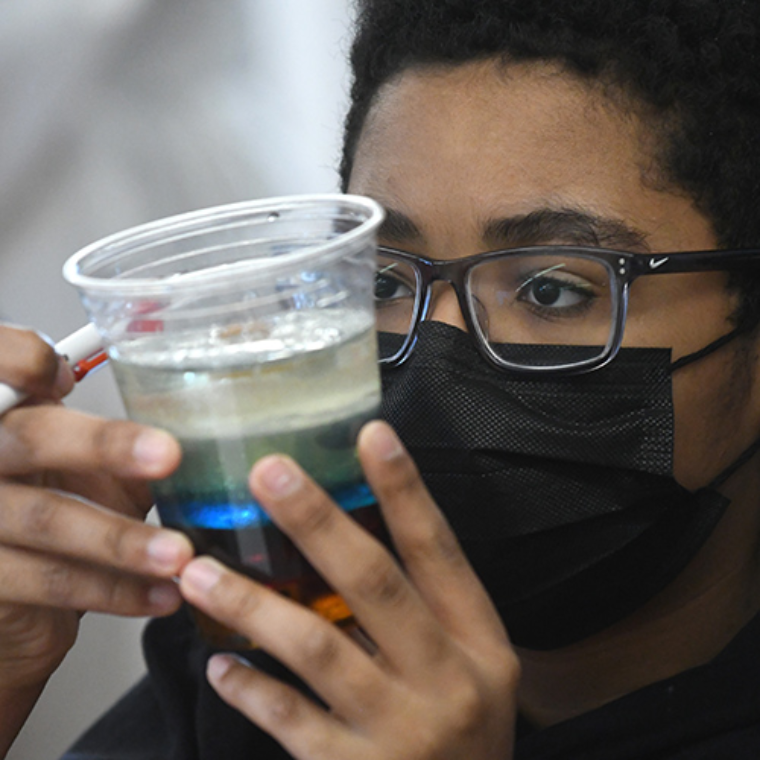Biology, chemistry and computer science may not be considered every middle school student’s favorite classes, but finding a fun and unique way to expose them to such subjects can help pique their interest. Recently, the Manchester Academic Charter School in Pittsburgh, Pennsylvania did just that by celebrating Dr. Percy Julian Lab Day with the La Roche University faculty, students and staff to recognize Black History Month. An event funded by the PPG Foundation, all 26 students enjoyed three interactive rotations and a campus tour lead by affinity and inclusion groups.
Celebrating scientific legend Dr. Percy Julian

Why Dr. Percy Julian? He was not only a scientific pioneer, but also the first Black chemist. Dr. Julian defied the odds and cracked racial barriers by attending DePauw University in Indiana, majoring in chemistry later completing his master’s degree at Harvard University in organic chemistry. Dr. Julian was an innovator providing groundbreaking medicinal discoveries to provide remedies for patients dealing with arthritis and glaucoma notably. His unique expertise was later requested when hired at the Glidden Company, currently known as the Glidden® brand, owned by PPG, where he finished out his career before forming his own venture.
“By sharing stories such as Dr. Julian’s with young students, we honor the incredible impacts of Black innovators in our country and spark an early interest and curiosity in the possibilities of STEM studies,” said Malesia Dunn, executive director, PPG Foundation and corporate global social responsibility.
After learning about Dr. Julian by way of Nearpod, an interactive classroom presentation tool, the middle schoolers were able to participate in mini-science labs.
The first rotation involved biology, where the students examined microorganisms, recorded their observations, introduced salt and sugar to the microbes, discussed their predictions and tested their hypothesis. Chemistry was their second rotation — a density tower, a multi-faceted activity. Students poured recognizable household items, such as, vegetable oil, honey, and dish soap into a cup. They speculated as to which items were the densest and which order the liquids would settle. Next, solid items —a penny, a die, blueberry, Lego brick and a M&M were added. Students made their assumptions as to which layers those items would eventually land, teaching them how to calculate density and viscosity. The final interactive experience, the computer science lab, students learned about the infrastructure of our internet system. Each student would be likened to a processor or device—operating at different speeds by giving them each a puzzle piece, representing a part of the process of the internet or network. They learned the mandatory functions that happen almost simultaneously at times to get the job done, in this case, posting a photo on social media.
Sarah White, executive director for Diversity, Equity & Inclusion, and chief diversity officer, said, “The event provided exposure to scientists, faculty and undergraduate students who shared their knowledge in engaging ways while introducing students to a variety of STEM fields.”
One student said with conviction, “You will probably see me here in a few years.”
Dunn concludes, “It wasn’t just another celebration of Black History Month; it was a heightened awareness and strategically focused day of enjoyable interactive activities, mentorship and a life in review of a scientific legend that looked like them and whose footsteps they can aspire to step in. Black people can obtain a STEM career, it is both attainable and achievable. Celebrating Dr. Percy Julian Day helped these students realize that.”
